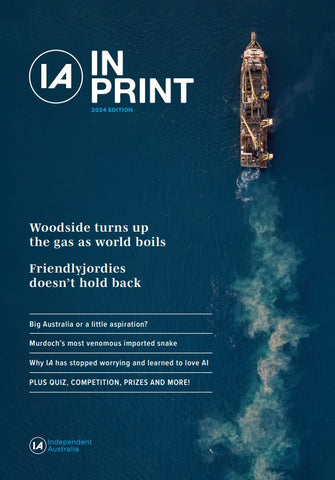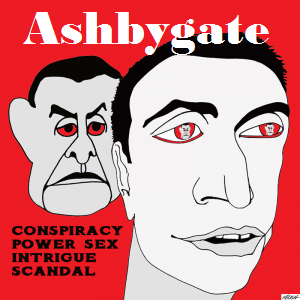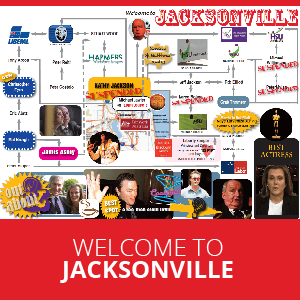Gaza, the West Bank and Israel — Trump’s peace plan is more likely to divide than unite, writes Patrick Drennan.
HOW WILL the two-state solution work? Will there actually be three states?
On 29 September 2025, American President Donald Trump announced a 20-point Peace Plan to end the Israel-Hamas War. The plan calls for the disarmament of Hamas and the withdrawal of both Hamas and Israel from the Gaza Strip. Gaza would be run by the Palestinian Authority. The plan is backed by Israel and was grounded on a former State Department plan.
On 9 October, President Trump announced that a ceasefire deal had been made with Hamas to release the remaining hostages and the partial withdrawal of Israeli troops from Gaza. Aid corridors are to open.
So, what is the Two-state solution?
The two-state solution to the ongoing Israeli/Palestinian conflict is based on the establishment of an independent State of Palestine alongside the State of Israel. It has been proposed many times since the 1948 partition of greater Palestine, and the 1967 six-day war, which established the current boundaries.
Article 9 of President Trump’s plan calls for a Palestinian committee overseen by a ”Board of Peace” with himself as Chair. In theory, a supranational organisation with a common high authority could be useful in shared control. The real problem is who would constitute the Palestinian committee in Gaza?
Mahmoud Abbas (aged 90), the head of the Palestinian National Authority, and his aides, have been accused of billion-dollar fraud. His Al Fatah Party is deeply unpopular in Palestine, the reason many turned to Hamas. Unfortunately, the Hamas leadership is allegedly just as corrupt. For example, Hamas co-founder Mahmoud al-Zahar, confirmed that he took part in illegal trading via the tunnels, and that his wealth amounted to some six billion Egyptian pounds.
So how would a two-state solution work, and what are the complications?
Firstly, the basis for a two-state solution is centred on the 2002 United Nations Quartet Principles. The Quartet is guided by three overarching principles — nonviolence, recognition of Israel, and acceptance of previous agreements.
Secondly, it would require Israel to completely evacuate Gaza, as they did in 2005. The last time resulted in a power vacuum, from which Hamas rose to power. The only way to avoid this is to station an armed UN-led military force in Gaza, to keep peace and distribute aid and medicine. This would require a UN resolution, and a force that will be satisfactory to all, especially the Arab nations. Article 15 of President Trump’s plan suggests Jordan and Egypt — like Palestine, both are Sunni Muslim states.
Thirdly, President Trump’s plan ignores the contentious West Bank and focuses entirely on Gaza. Here, large land swaps and the evacuation of established citizens, to pre-1967 borders, would be completely impractical. Mass migrations of people from the West Bank by either Palestinians or Israeli settlers is unrealistic. Yet President Trump said that he will not allow Israel to completely annex the West Bank.
Therefore, the President’s plan foreshadows a three-state solution — Israel, Palestine and a federation on the West Bank that will have shared responsibility, also policed by the United Nations. This solution requires painful compromises. A lot of land is extremely disputed and claimed by both, some of which is impossible to divide — for example, East Jerusalem and the Al Alsa/Temple Mount. Both sides have claims and both sides refuse to negotiate. This is where President Trump’s Board of Peace could mediate.
Finally, Palestine as an independent state is not economically viable. It currently relies on aid from Iran, Saudi Arabia and the United Nations. Even in an extended ceasefire and truce, it is unlikely in the near future that most Palestinians will be allowed to cross the border and work in Israel.
If security can be established, large companies from the United States, Saudi Arabia and India could set up factories in Palestine, taking advantage of the cheap and plentiful labour force. A leaked American plan sees these countries using Palestine as a major logistical hub.
However, the only real long-term solution involves Palestinians working in Israel. Before the war, Israel was the destination for 90% of Palestinian exports and the source of 58% of its imports. Jointly owned businesses developed by Palestinians and Israelis have been rejected in the past, but it is one solution that makes sense.
In many ways, the two-state solution seems idealistic. Hamas is unlikely to disarm or disappear. The long-term grievances of Palestinians will continue to fester. Nevertheless, Palestine as a sovereign state is now recognised by 157 of the 193 member states of the United Nations and it is the only pathway to a lasting peace.
Patrick Drennan is a journalist based in New Zealand, with a degree in American history and economics.












